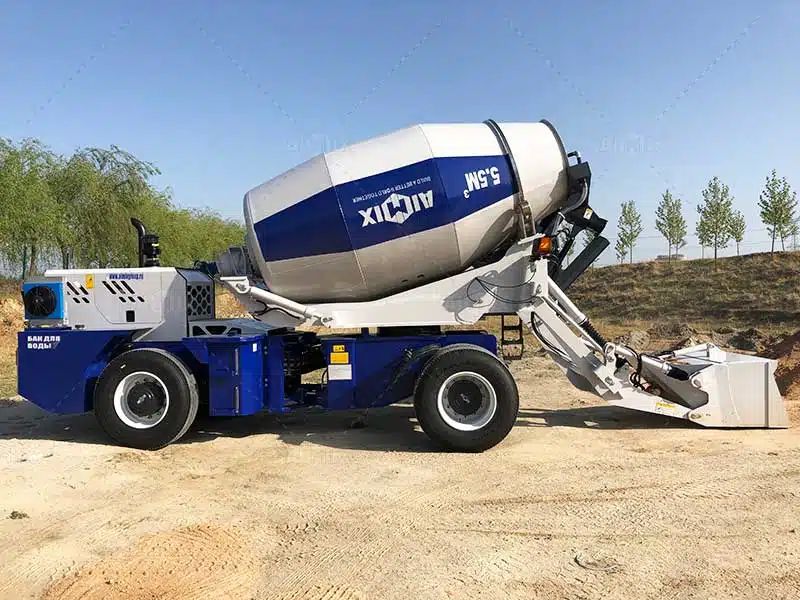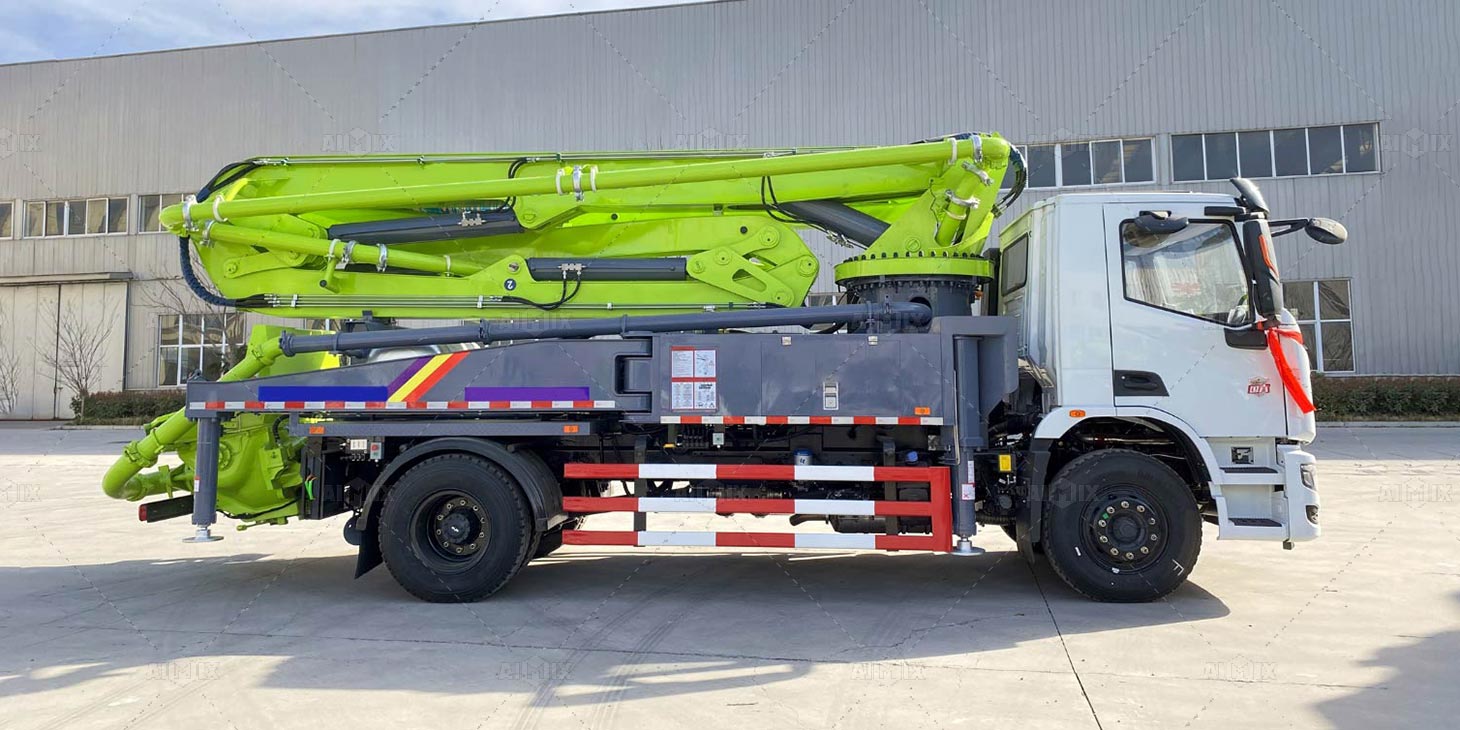When it comes to construction projects, the terms “concrete mixer” and “concrete pump” are often used interchangeably, leading to confusion among those not well-versed in construction equipment. However, these two machines serve distinct purposes in the concrete placement process, each offering its own set of advantages and limitations. In this article, we will delve into the intricacies of concrete mixers and concrete pumps, shedding light on their key differences and helping you make an informed choice for your construction needs.
The Basics of Concrete Equipment
Concrete Mixer: Mixing the Ingredients
Concrete mixers are the workhorses of the construction industry, responsible for the crucial task of mixing concrete ingredients. These concrete mixers in Turkey come in various sizes, from portable units for small projects to large, stationary mixers for industrial-scale constructions. They consist of several components, including a rotating drum, a motor, and mixing blades.
How it works: Concrete mixers combine cement, sand, water, and aggregates, such as gravel or crushed stone, within their drum. The rotation of the drum ensures thorough mixing, producing a uniform and consistent concrete mixture.
Advantages and limitations: Concrete mixers excel at producing high-quality concrete batches, making them ideal for projects where precise mix proportions are essential. However, they are primarily suited for batch mixing and may not be efficient for continuous concrete placement over long distances.

Concrete Pump: Efficient Concrete Placement
On the other hand, concrete pumps are designed for the efficient transport and placement of concrete. These machines consist of a pumping mechanism, a flexible hose or boom, and a hydraulic system for precise control.
Components of a concrete pump: A concrete pump comprises a hopper to receive concrete, a series of pumps to move the material, and a hose or boom for precise placement.
Operation and methods: Concrete pumps come in two main types: boom pumps and line pumps. Boom concrete pumps for sale use a robotic arm with a lengthy reach, making them suitable for high-rise construction, while line pumps are more versatile and are commonly used for lower-level applications.
Advantages and limitations: Concrete pumps excel in swiftly and accurately delivering concrete to the desired location, even at significant heights or distances. They enhance construction efficiency and reduce labor requirements. However, they may not be as effective at mixing concrete as dedicated mixers.

Comparing Concrete Mixing and Placement
Concrete Mixer vs. Concrete Pump: Functionality
In essence, the fundamental difference between a concrete mixer and a concrete pump lies in their roles within the construction process. A concrete mixer focuses on blending the raw materials to create the concrete mixture, ensuring its quality and consistency. Conversely, a concrete pump takes on the responsibility of transporting this mixture to the desired location, making it ready for immediate use. Get details of these machines here: https://concretemixerwithpump.com/.
Efficiency and speed: Concrete mixers are vital for producing the concrete, but they may be time-consuming when large quantities are needed. On the other hand, concrete pumps significantly accelerate the placement process, reducing construction timelines.
Choosing the Right Equipment for Your Project
Selecting the appropriate equipment for your construction project is crucial to its success. Consider the specific requirements of your project, including the volume of concrete needed, the distance it must travel, and any height requirements.
Project-specific considerations: For smaller projects with short distances to cover, a self loading concrete mixer may suffice. However, for larger-scale constructions or projects with challenging access points, a concrete pump is often the more practical choice.
Cost-effectiveness: While concrete pumps may represent a higher upfront investment, their efficiency and time-saving benefits can offset these costs over the course of a project.
Enhancing construction quality: The precision and speed of concrete pumps can lead to improved construction quality, reducing the likelihood of inconsistencies and errors in concrete placement.
In conclusion, understanding the differences between concrete mixers and concrete pumps is essential for making informed decisions in construction. Concrete mixers excel at mixing ingredients to create high-quality concrete batches, while concrete pumps are efficient at transporting and placing concrete where it’s needed most. By considering your project’s specific needs, you can choose the right equipment to ensure a successful construction endeavor.